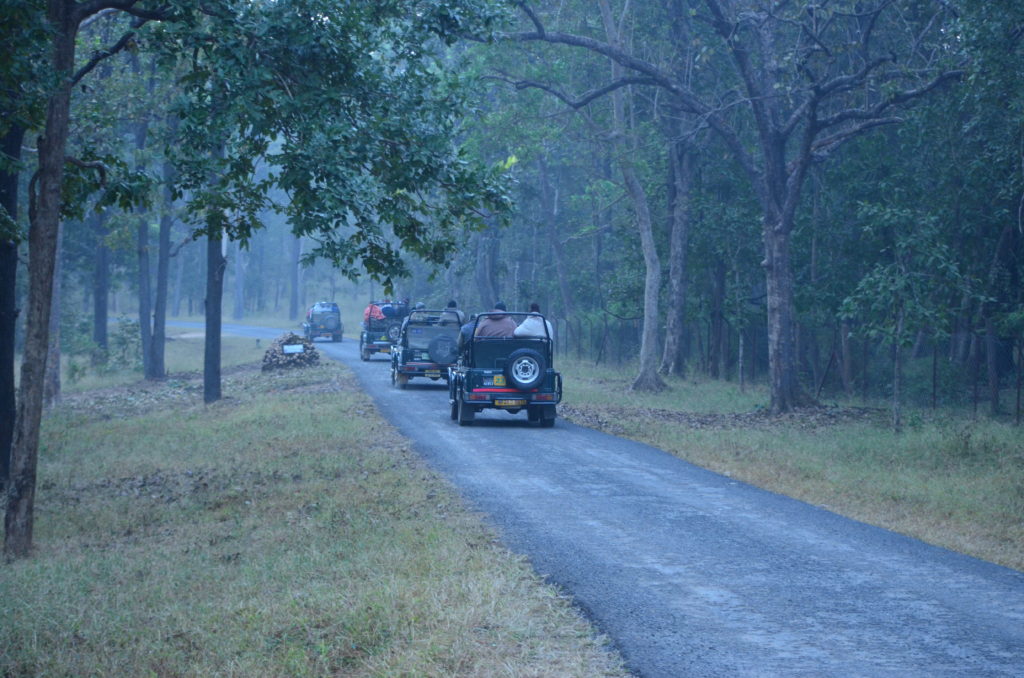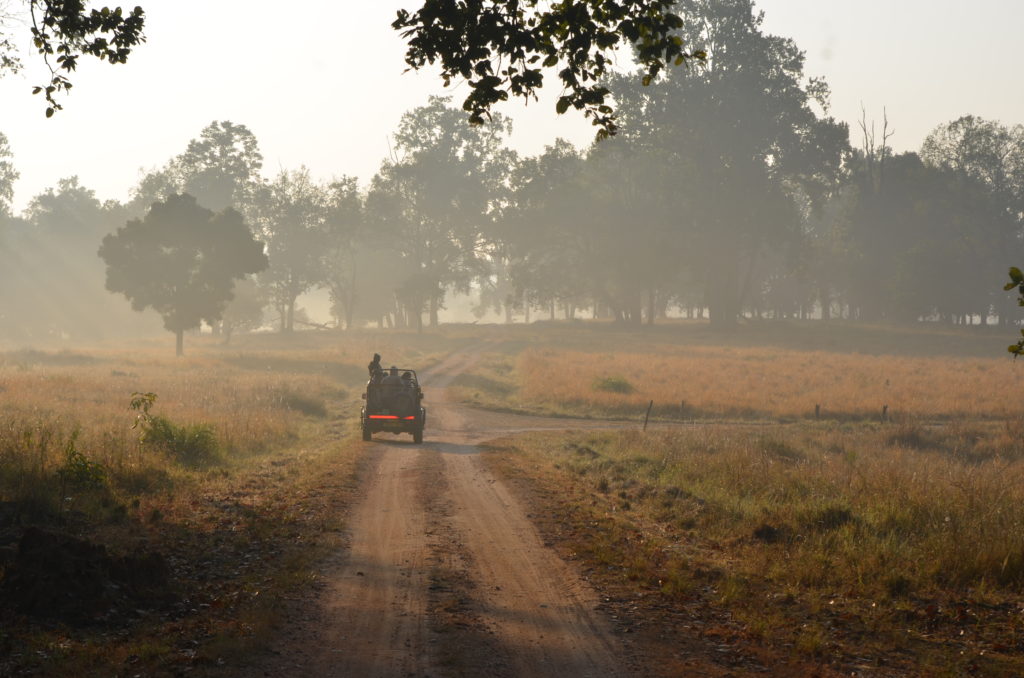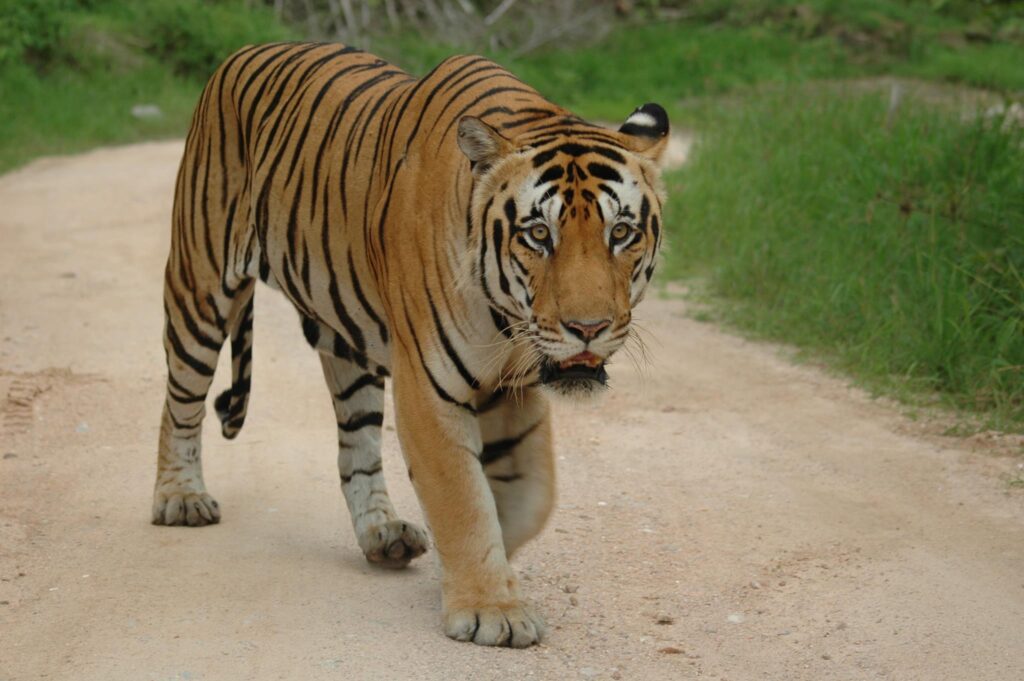



Topography
The Ken river is a tributary of the Yamuna that flows north-south 55 km. through the park, forming a boundary between the Panna and Chhatarpur districts. It is a perennial water source for villages on either side. In the Chhatarpur district, there are a series of hills and plateaus of the Chandranagar Range. The Hinouta plateau is one of the most virgin areas of the reserve owing to the relocation of three villages from this area in the 1980s.
The terrain of the park is distinctively illustrated by extensive plateaus and gorges. The park has a mixed blend of topography and can broadly be divided into three distinct tablelands on Panna side:
- the upper Talgaon Plateau
- the middle Hinnauta plateau
- the Ken valley
Series of oscillating hills and plateaus rise on the other side of Ken river in the neighboring Chattarpur district.
